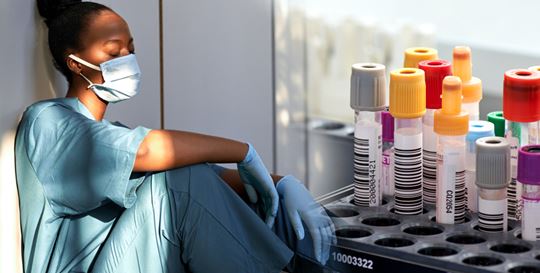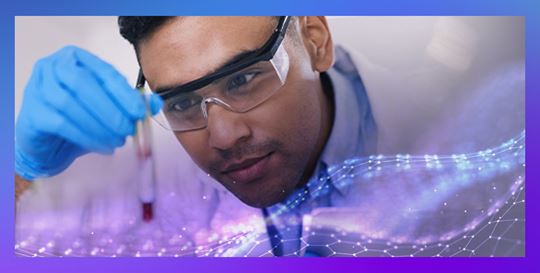Despite positive news in recent days about serology tests, experts on testing warn that these tests come with big logistical and scientific challenges just as big as mass deployment of blood-based testing will require many millions of accurate tests, a system to take reliable samples, and a slew of decisions that may have to be made based on incomplete knowledge2.
According to Peter Collignon, a physician and laboratory microbiologist at Australian National University in Canberra, a high-quality test should achieve 99% or more sensitivity and specificity3.
What are sensitivity and specificity?
Sensitivity and specificity reflect the accuracy of a test relative to a reference standard. Test sensitivity is the ability of a test to correctly identify those with the disease (true positive rate), whereas test specificity is the ability of the test to correctly identify those without the disease (true negative rate).
This means that COVID-19 test sensitivity is the ability to detect SARS-CoV-2 antibodies in patients who have antibodies; COVID-19 test specificity is the ability of the test to correctly identify those who do not have antibodies.
Why sensitivity and specificity matter for COVID-19
Imagine an average U.S. city. Based on census data, the population of such city is approximately 150,000 people. Imagine that COVID-19 has infected, symptomatically and asymptomatically, 15% of that population.
This means that 22,500 people in the town have been infected, either symptomatically or asymptomatically (150,000 x 15%). With a test with 90% sensitivity, 20,250 of the 22,500 people would be correctly told they have antibodies to the virus (22,500 x 90%). But 2,250 people who have the antibodies would be told (incorrectly) they do not and that they cannot return to work.
Conversely, 127,500 people were not exposed to the virus and should not return to work. However, with a specificity of 90%, 12,750 of them will be told they have antibodies for COVID-19 but do not (127,500 x 10%, which is the false positive rate). These people will be told they can go back to work and thus become a danger to themselves and others.

 English
English





